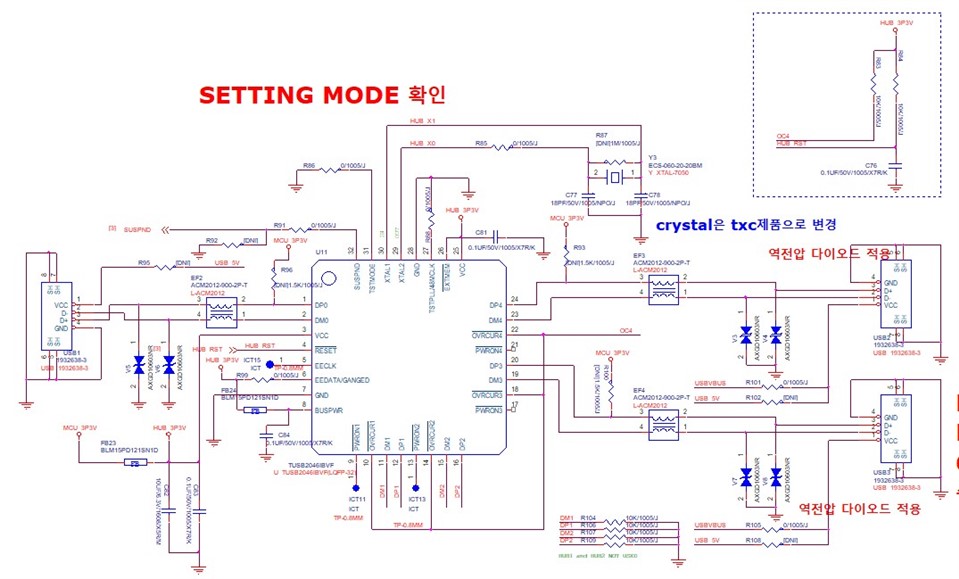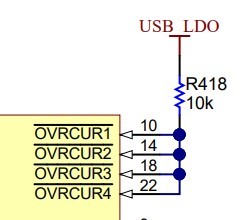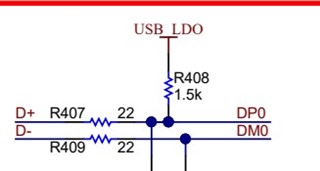Other Parts Discussed in Thread: MAX3232
Hi, TI Support Team
A request for schematic review has been received from a customer.
In addition, inquiries and requests have been received.
1. Check if there is a plan to discontinue parts within 5 years
2. Request confirmation of conformity of design
3. If there is a product with a simpler package, request a replacement product recommendation
4. Request hardware design guide material
Please, reply.






